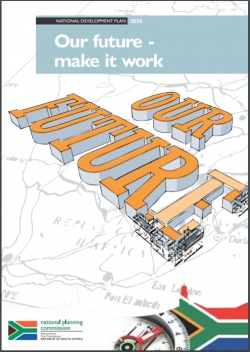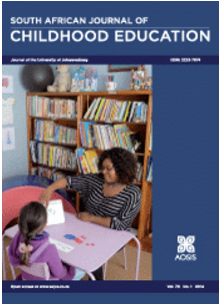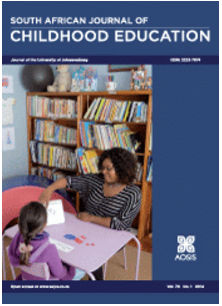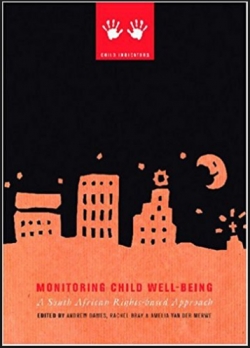South African Journal of Childhood Education 6(1):a492 Reliability of the Functional Auditory Performance Indicators to monitor progress in 5-year-old children with autism spectrum disorder
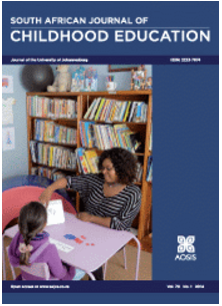
Type
E-Journal
ISSN
2223-7682
Category
ECCE, Foundation
[ Browse Items ]
Publication Year
2016
Publisher
Aosis OpenJournals, Durbanville, Cape Town, South Africa
URL
[ private ]
Pages
9 p.
Subject
Early childhood development, ECD, Young children, Auditory skills, Autism Spectrum Disorder (ASD), Functional Auditory Performance Indicators (FÁPI), Inter-rater reliability, Monitor progress, Test-retest reliability, South Africa
Tags
Abstract
There is a need to dynamically monitor progress of functional auditory performance in young children with autism spectrum disorder (ASD). The Functional Auditory Performance Indicators (FAPI) is a monitoring tool for children with hearing loss but has not yet been described in children with ASD. The aim was to describe the overall performance of 5-year-old children with ASD on the FAPI and to determine the test–retest reliability and inter-rater reliability of the tool. The study was exploratory with a descriptive within-subjects design incorporating repeated measures. Twelve participants with ASD were purposely selected. Pre-recorded sound and speech stimuli were used to elicit responses from participants in their familiar therapy rooms. For test–retest reliability, three data collection sessions per participant were conducted over a 2-week period. Video recordings were analysed by two independent raters, who were blind to the order of data sets. With an increase in complexity of auditory stimuli, a marked decrease in response was observed. The test–retest reliability was good, with a single difference in one category. Inter-rater reliability indicated a significant difference in two of the seven categories. These categories may be the most subjective in the tool. Despite subjectivity the FAPI was reliable to plot functional auditory difficulties in the sample group. Because the instrument relies on direct observation with limited demands to participate with the rater, it has potential for use in children with ASD. Further research is required to determine the tool’s performance using natural sound conditions to monitor children’s progress against themselves during intervention.
Description
Article
Number of Copies
1
| Library | Accession No | Call No | Copy No | Edition | Location | Availability |
|---|---|---|---|---|---|---|
| Main | 592 | 1 | Yes |

